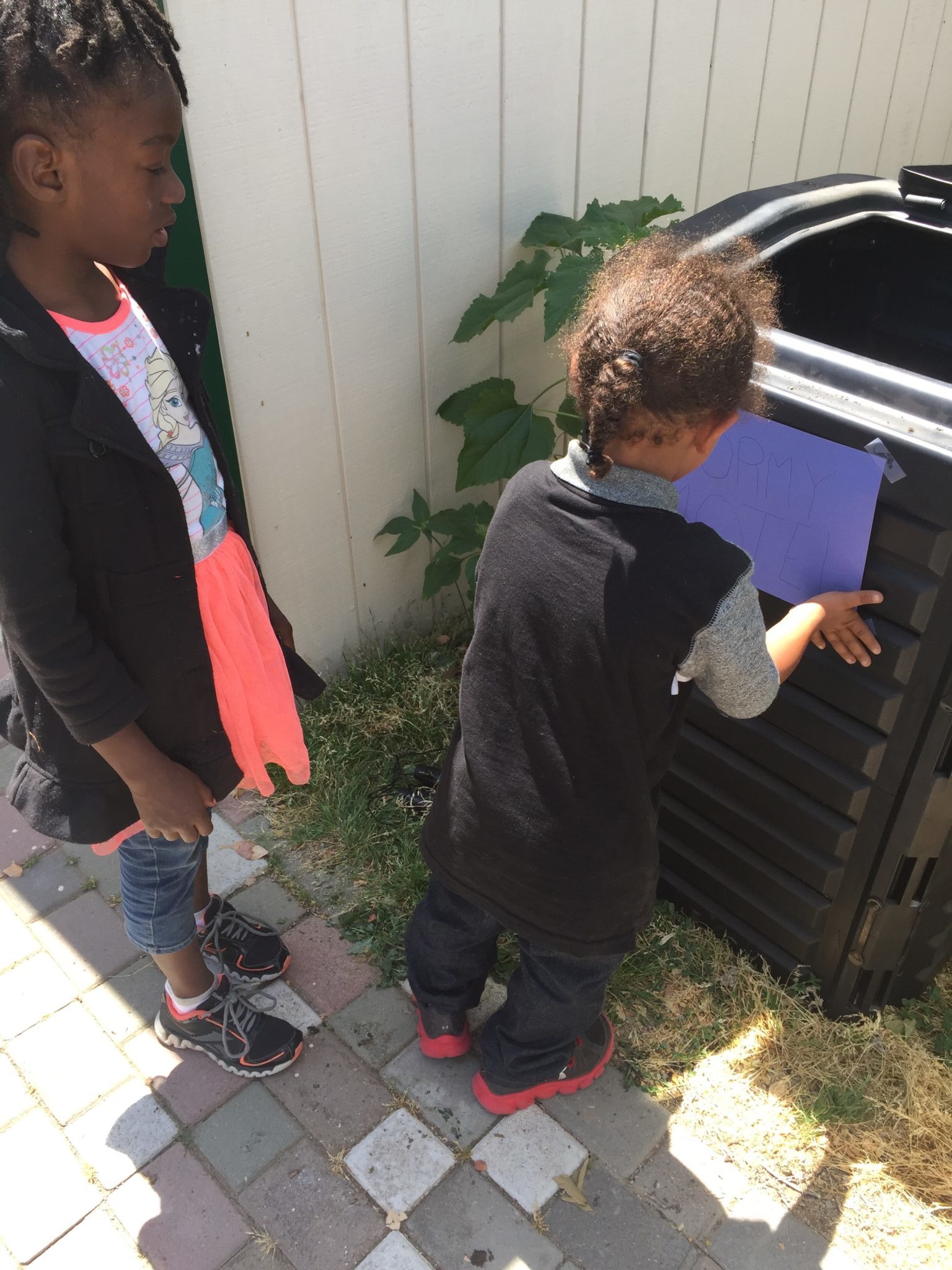 2018 San Antonio de Areco, Buenos Aires, Argentina
2018 San Antonio de Areco, Buenos Aires, Argentina
EES N°5, San Antonio de Areco. Students: Yamile, Ayelén, Jimena, Rocío
This Project is a prolongation of last year’s project “Music of Nature” proposed by 1st year students, of this school, at the Caring for Our Watersheds program 2018, and which was embodied in the form of a mural in which the four seasons of the year and nature come together with music and different pictorial styles.
 On this basis, the new Project adds two new initiatives aimed at creating a space of convergence between art and the care of nature within the institution. To achieve this, students proposed, with the help of artists, to create an external classroom around the “Music of Nature” mural, and also, create an art intervention, in part of the school’s main playground, with recycled parts. Both spaces suggest a modern dynamic in its contents, updated throughout the year with pupils’ ideas.
On this basis, the new Project adds two new initiatives aimed at creating a space of convergence between art and the care of nature within the institution. To achieve this, students proposed, with the help of artists, to create an external classroom around the “Music of Nature” mural, and also, create an art intervention, in part of the school’s main playground, with recycled parts. Both spaces suggest a modern dynamic in its contents, updated throughout the year with pupils’ ideas.






 2017 Villa Lia, San Antonio de Areco, Buenos Aires, Argentina
2017 Villa Lia, San Antonio de Areco, Buenos Aires, Argentina



 2017, San Andres de Giles, Buenos Aires, Argentina
2017, San Andres de Giles, Buenos Aires, Argentina The aim is to create a place for investigation, debates, creative solutions for issues and problems regarding the Areco basin. They make t-shirts with natural dyes for club members and they also create a blog with more information: ecoclucCLR.blogspot.com.ar.
The aim is to create a place for investigation, debates, creative solutions for issues and problems regarding the Areco basin. They make t-shirts with natural dyes for club members and they also create a blog with more information: ecoclucCLR.blogspot.com.ar.
